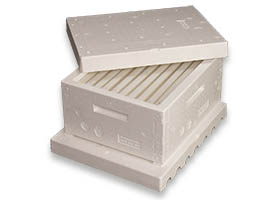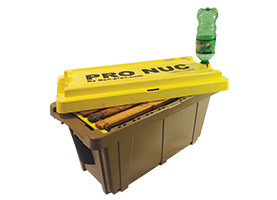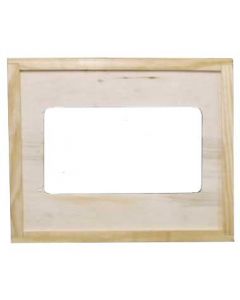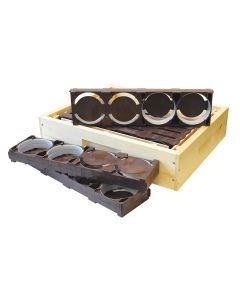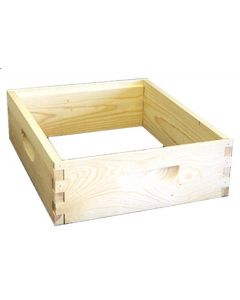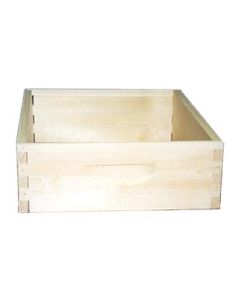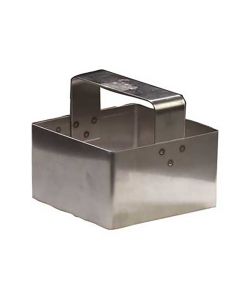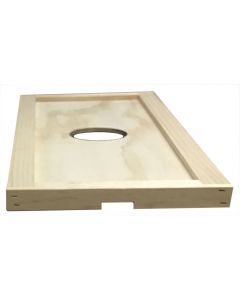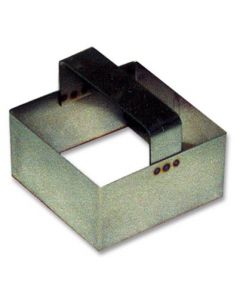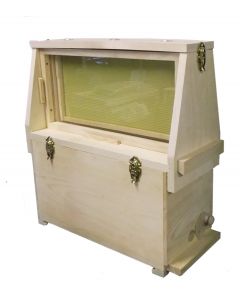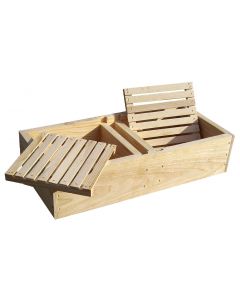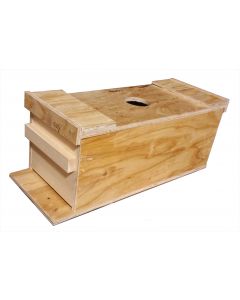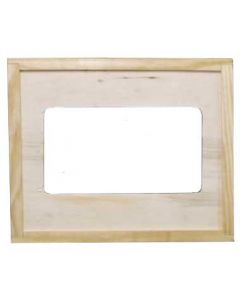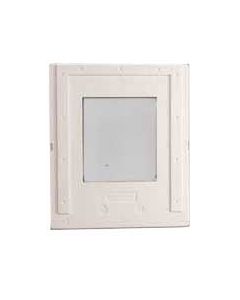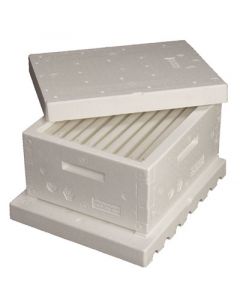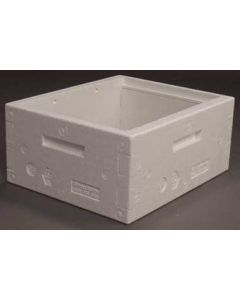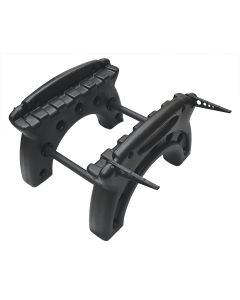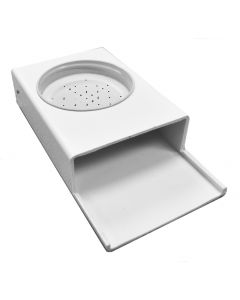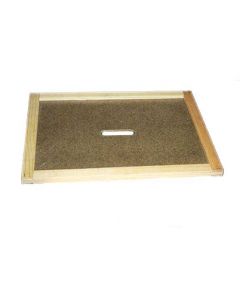Specialty Hives / Items
Other Specialty Hives and Beekeeping Item Options
The most popular type of beehive is the Langstroth hive. Since it was created in the 19th century, beekeepers developed more variations of the Langstroth hive.
Specialty Hives
The most popular type of beehive is the Langstroth hive. Since it was created in the 19th century, beekeepers developed more variations of the Langstroth hive.
BeeMax Hives
BeeMax Hives are made of lightweight plastic, specifically polystyrene. The material allows bees to spend less time with temperature control and more time with creating a bigger brood nest during spring. Bees can also spend more time collecting nectar and creating more honey.
They do not require winter wrapping. BeeMax hives are also easy to assemble, and only require glue. Dadant offers BeeMax hives both assembled and unassembled.
Top Bar Hives
In contrast to the Langstroth vertical hives, top bar hives are horizontal. While Langstroth hives are the most popular style in the United States and Canada, top bar hives are the oldest and most commonly used hive style in the world. There is evidence that they have been used for thousands of years.
Commonly used by natural beekeepers, this top bar hive comes with 26 top bars that can be divided into two separate hives with the follower board and screened bottom. The bees build their comb down from these bars naturally without a four-sided frame or foundation.
Unlike with Langstroth hives, beekeepers do not have to lift heavy boxes. Inspections are also easier on the body because crouching or bending are not required either. Bees will be more docile during inspections since you only open a small portion of the hive at a time.
Some top bar hives also come with a full-length observation window. This window helps you conduct a quick inspection to make sure your bees have enough space for honey flow and brood production.
Beekeepers will also have no need to purchase a honey harvester, as honey harvests are much easier. You only need to cut the comb from the top bars, then crush and strain.
Observation Hives
Temporary observation hives are great teaching tools for both adults and children. Beekeepers bring observation hives to various events, such as farmers markets, street fairs, school visits and other learning opportunities.
When teaching future beekeepers, pull a frame from the nuc and place it in the observation hive. Be sure to place the queen in the upper section.
The removed frame can be replaced with a division board feeder full of sugar syrup to feed the bees while caged. When not using the observation window move the frame back down below and let the bees fly freely until needed again.
Specialty Beekeeping Items
With extra hive options, we also have specialty beekeeping equipment for specific activities, such as raising queens and preparing cut comb.
Nuc Boxes
If you’re interested in raising queens, nuc boxes are an important tool. If you purchase a beginner kit, queens are sometimes delivered in nuc boxes.
You can place a frame with queen cells in nuc boxes to have the queen hatch without the fear of the old queen destroying the cell.
Nuc boxes can also be used as swarm capture boes and starter honey bee hives. During swarm season, you can place a swarm lure or attractant to capture the honey bee swarms that may come from you rbee yard.
Comb Honey Items
For most beekeepers, the easiest type of comb honey to produce is called “cut comb” honey. This type of honey requires no special equipment or advanced bee-handling practices. Cut comb can be produced by almost any type of hive, and there are multiple ways of packaging the honey for retail, consumption, or whatever your end use may be.
Cut comb honey is produced by cutting the honeycomb free with a comb honey cutter or comb honey knife from the frame or top bar it’s attached to within the beehive and then dividing it into smaller pieces. Usually square or rectangle, these pieces can then be packaged for sale or for gifts in a variety of containers.
Dadant offers cut comb honey equipment that allows you to scrape the honeycomb away from the frame, and cutters to ensure that each piece of cut comb is even and precise.

